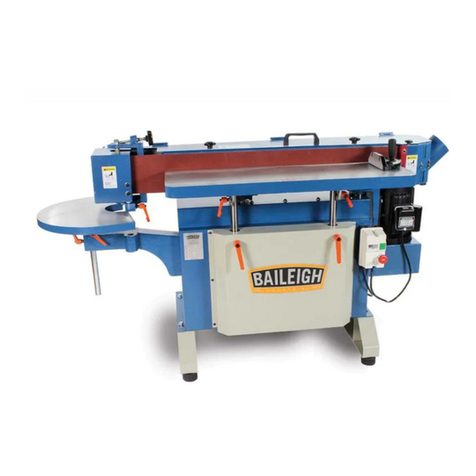Force Majeure. Seller shall not be responsible for any delay in the delivery of, or failure to deliver, Goods due to
causes beyond Seller’s reasonable control including, without limitation, acts of God, acts of war or terrorism, enemy
actions, hostilities, strikes, labor difficulties, embargoes, non-delivery or late delivery of materials, parts and
equipment or transportation delays not caused by the fault of Seller, delays caused by civil authorities, governmental
regulations or orders, fire, lightening, natural disasters or any other cause beyond Seller’s reasonable control. In the
event of any such delay, performance will be postponed by such length of time as may be reasonably necessary to
compensate for the delay.
Installation. If Buyer purchases any Goods that require installation, Buyer shall, at its expense, make all
arrangements and connections necessary to install and operate the Goods. Buyer shall install the Goods in
accordance with any Seller instructions and shall indemnify Seller against any and all damages, demands, suits,
causes of action, claims and expenses (including actual attorneys’ fees and costs) arising directly or indirectly out of
Buyer’s failure to properly install the Goods.
Work By Others; Safety Devices. Unless agreed to in writing by Seller, Seller has no responsibility for labor or work
performed by Buyer or others, of any nature, relating to design, manufacture, fabrication, use, installation or provision
of Goods. Buyer is solely responsible for furnishing and requiring its employees and customers to use all safety
devices, guards and safe operating procedures required by law and/or as set forth in manuals and instruction sheets
furnished by Seller. Buyer is responsible for consulting all operator manuals, ANSI or comparable safety standards,
OSHA regulations and other sources of safety standards and regulations applicable to the use and operation of the
Goods.
Remedies. Each of the rights and remedies of Seller under this Agreement is cumulative and in addition to any other
or further remedies provided under this Agreement or at law or equity.
Attorney’s Fees. In the event legal action is necessary to recover monies due from Buyer or to enforce any provision
of this Agreement, Buyer shall be liable to Seller for all costs and expenses associated therewith, including Seller’s
actual attorney fees and costs.
Governing Law/Venue. This Agreement shall be construed and governed under the laws of the State of Wisconsin,
without application of conflict of law principles. Each party agrees that all actions or proceedings arising out of or in
connection with this Agreement shall be commenced, tried, and litigated only in the state courts sitting in Manitowoc
County, Wisconsin or the U.S. Federal Court for the Eastern District of Wisconsin. Each party waives any right it may
have to assert the doctrine of “forum non conveniens” or to object to venue to the extent that any proceeding is
brought in accordance with this section. Each party consents to and waives any objection to the exercise of personal
jurisdiction over it by courts described in this section. Each party waives to the fullest extent permitted by applicable
law the right to a trial by jury.
Summary of Return Policy.
•10 Day acceptance period from date of delivery. Damage claims and order discrepancies will not be accepted after
this time.
•You must obtain a Baileigh issued RGA number PRIOR to returning any materials.
•Returned materials must be received at Baileigh in new condition and in original packaging.
•Altered items are not eligible for return.
•Buyer is responsible for all shipping charges.
•A 30% re-stocking fee applies to all returns.
Baileigh Industrial Holdings LLC makes every effort to ensure that our posted specifications, images, pricing and
product availability are as correct and timely as possible. We apologize for any discrepancies that may occur. Baileigh
Industrial Holdings LLC reserves the right to make any and all changes deemed necessary in the course of business
including but not limited to pricing, product specifications, quantities, and product availability.
For Customer Service & Technical Support:
Please contact one of our knowledgeable Sales and Service team members at:
(920) 684-4990 or e-mail us at Baileigh-Service@jpwindustries.com

































